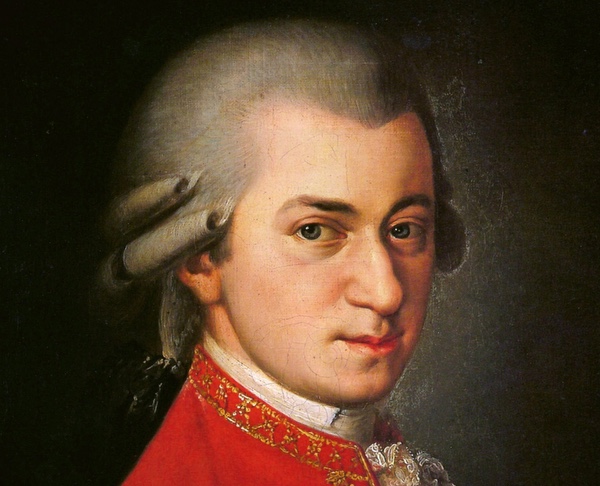MCO’s Classical Visions can be heard in Melbourne on Sunday 06 March at Melbourne Recital Centre & Friday 11 March at The Deakin Edge, Federation Square.
Maurice Ravel
Introduction and Allegro
Maurice Ravel’s (1875–1937) Introduction et allegro pour harpe, flûte, clarinette et quatuor (Introduction and Allegro for harp, flute, clarinet, and string quartet) was written in 1905 and premiered in Paris in February 1907. This work was commissioned by the Érard Company to demonstrate the wide expressive range available in its double-action pedal harp. Ravel made a later version with string orchestra. The composition is written in G flat major explores and exploits the possibilities and potentialities of the harp. The Introduction, Très lent, is a mere 26 bars in length. The Allegro is a modified sonata form with two themes presented in the opening section and repeated after an elaboration of the themes in the central section.
The Pleyel chromatic harp, with its two sets of strings strung at opposing angles, was awkward to master and failed to find many proponents. The Érard design, with the pedal system he invented, remains the basis for modern concert instruments.
Wolfgang Amadeus Mozart
Symphony No 40 in G minor K550 (First version)
I. Molto allegro
II. Andante
III. Menuetto. Allegretto – Trio
IV. Finale. Allegro assai
In an immensely productive period between 26 June and 10 August, 1788, Wolfgang Amadeus Mozart (1756–1791) completed his Symphonies 39, 40 and 41. The original scoring of Symphony No 40 is for flute, 2 oboes, 2 bassoons, 2 horns, and strings. He later added clarinets. Unlike its neighbouring symphonies, it does not include trumpets and timpani. This is Mozart’s second symphony in G minor, and one of only four in a minor key. With the exception of the minuet and trio the movements are in sonata form. The work is marked by extremes of agitation and momentum, calm lyricism and pathos.
Claude Debussy
Danses sacrée et profane
The works by the French composers Claude Debussy and Maurice Ravel demonstrate the power of the commission and the drive of competing companies to articulate technological developments in the harp—the most ancient of instruments.
In 1904 the Pleyel Company commissioned Claude Debussy (1862–1918) to write Danse sacrée et danse profane for harp, two violins, viola, cello and double bass to present the tonal qualities of its new chromatic harp. The work was premiered in the same year. The two brief works provide a matched pair of dances—one “sacred” and the other “profane”. The first dance is slow and modal, while the second is faster and in the form of a waltz. Debussy masterfully deploys contrasting melodies, harmonies and textures to make full effect of the sonorities of the harp and strings.
Wolfgang Amadeus Mozart
Clarinet Concerto in A K. 622
I. Allegro
II. Adagio
III. Rondo (Allegro)
The Clarinet Concerto dates from October 1791 and was one of Mozart’s final instrumental works, completed around the time of his operas Die Zauberflöte and La clemenza di Tito. Mozart was already unwell with the illness that claimed his life two months later, according to some accounts of his final months. The concerto was written for Anton Stadler who gave its premiere in Prague that year. The work was written for the basset clarinet with its additional four semitones lower than the modern clarinet.
The concerto is in the usual three movement form and is notable for its delicate interplay between soloist and orchestra, and for the lack of overt display on the part of the soloist. Possibly the most memorable movements of Mozart’s music is the beautiful and profound Adagio. The closing rondo has a wonderful cheerfully restrained theme that is contrasted by episodes that recall the darker tones of the opening movements.
*David Forrest 2016

